A Caricature
- caricature /
- A Caricature
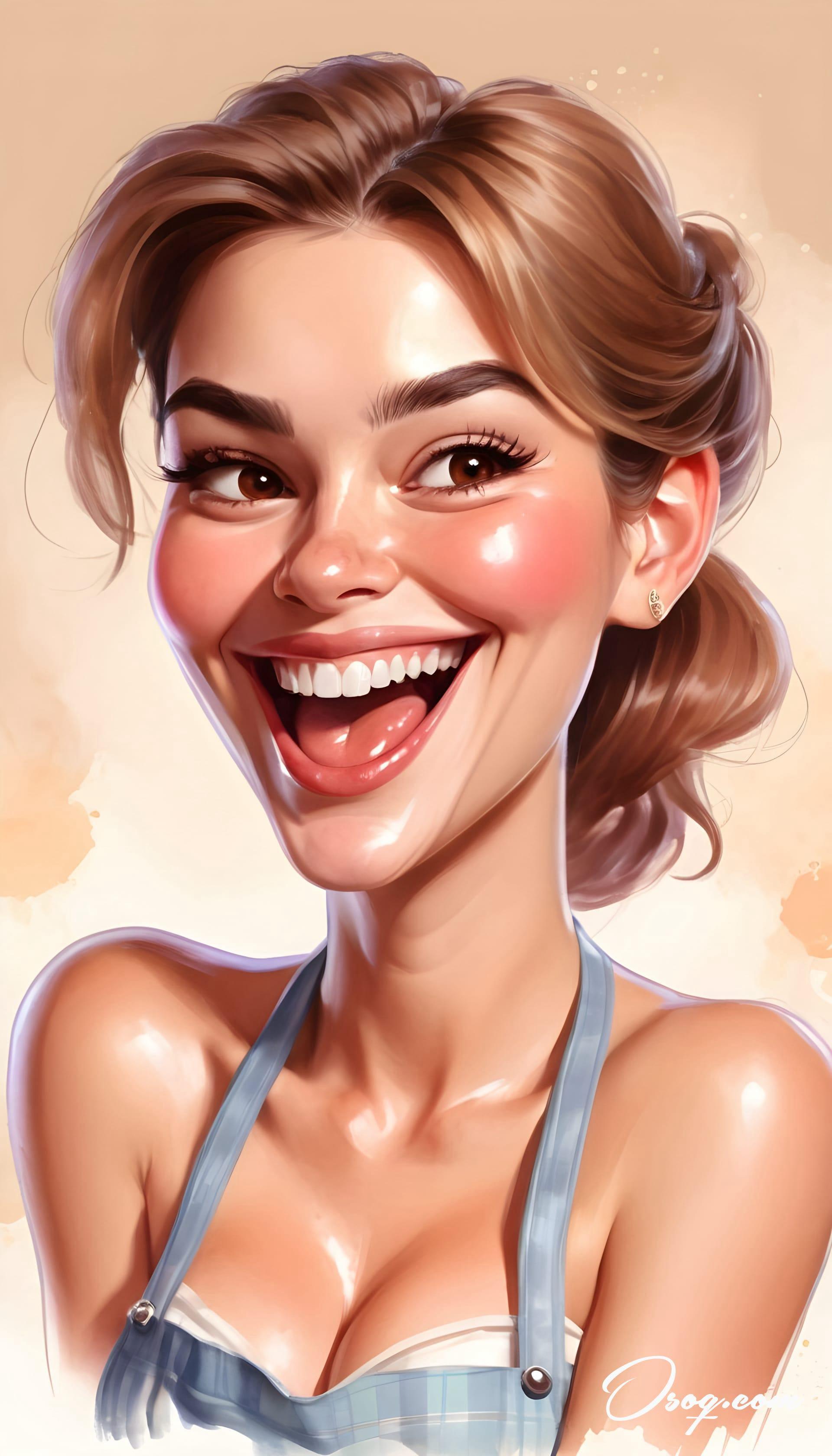
Caricatures are artistic creations that exaggerate certain features of a person or thing to highlight their most recognizable traits. This art form is not just about distortion but about amplifying the essence of the subject in a humorous or insightful way.
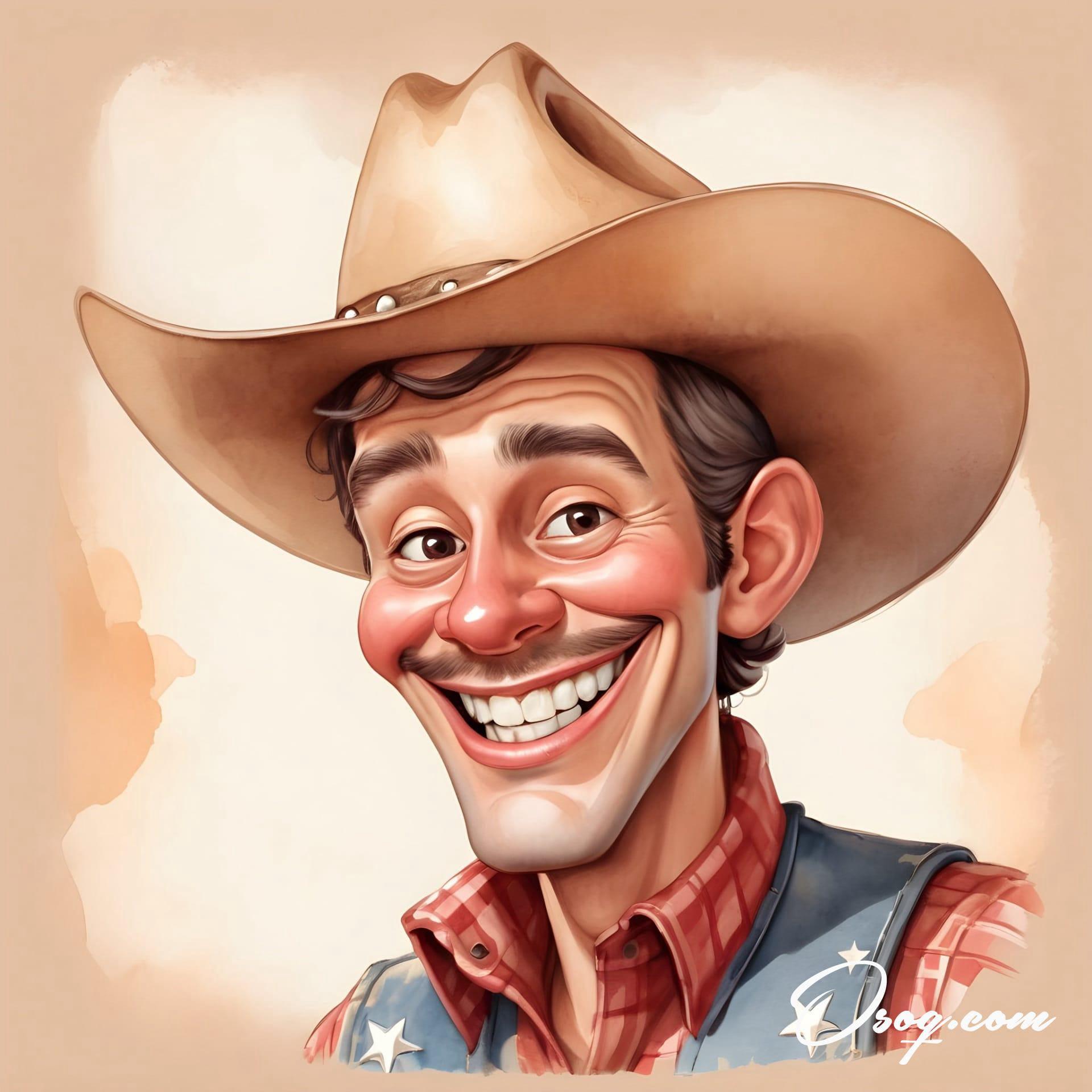
The roots of caricature stretch back to ancient civilizations, like the works found in Egyptian tombs and Greek pottery. However, the term "caricature" itself originates from the Italian "caricare," meaning "to load" or "to exaggerate."
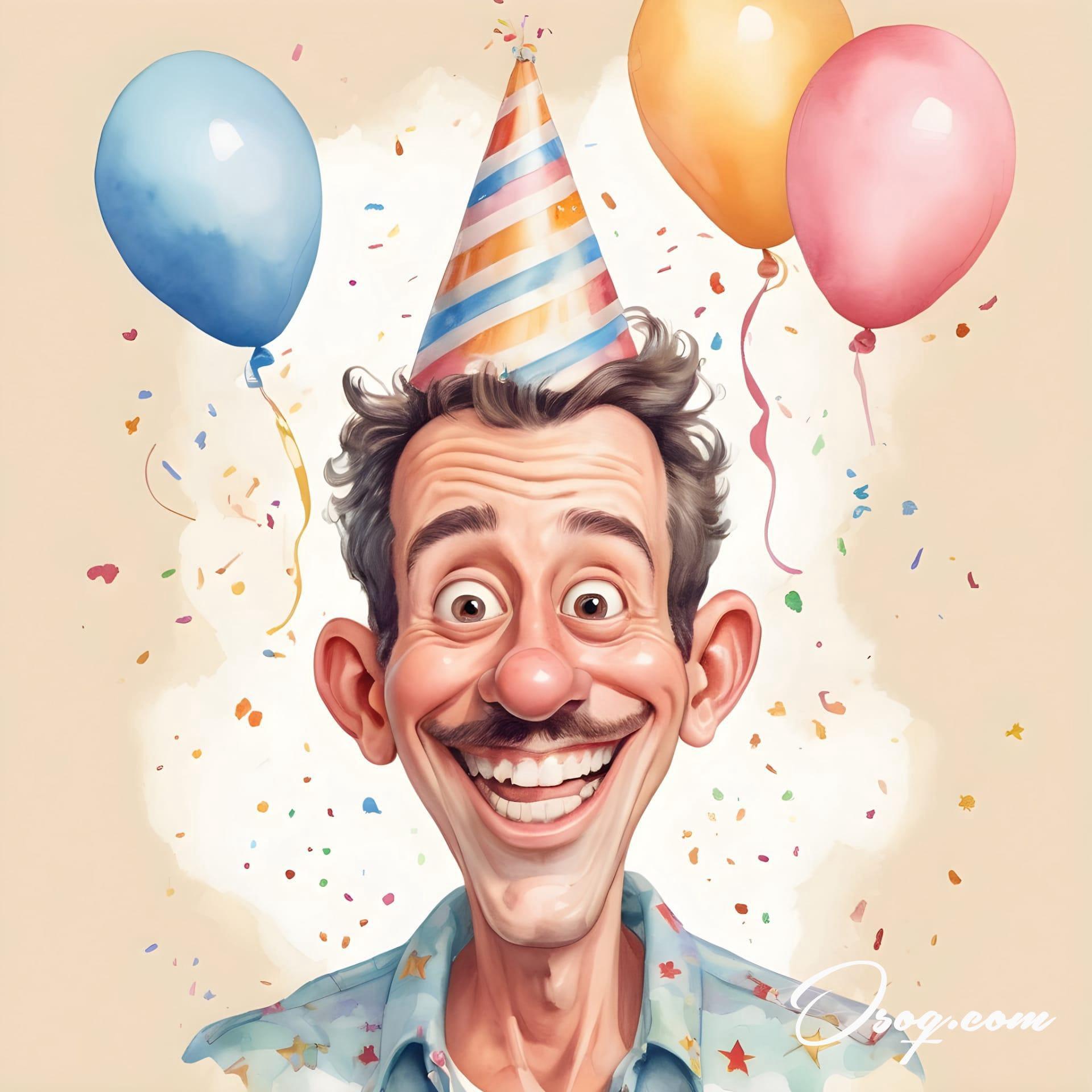
Leonardo da Vinci is often credited with pioneering the caricature, using his detailed studies of human anatomy to create exaggerated portraits for both study and entertainment.
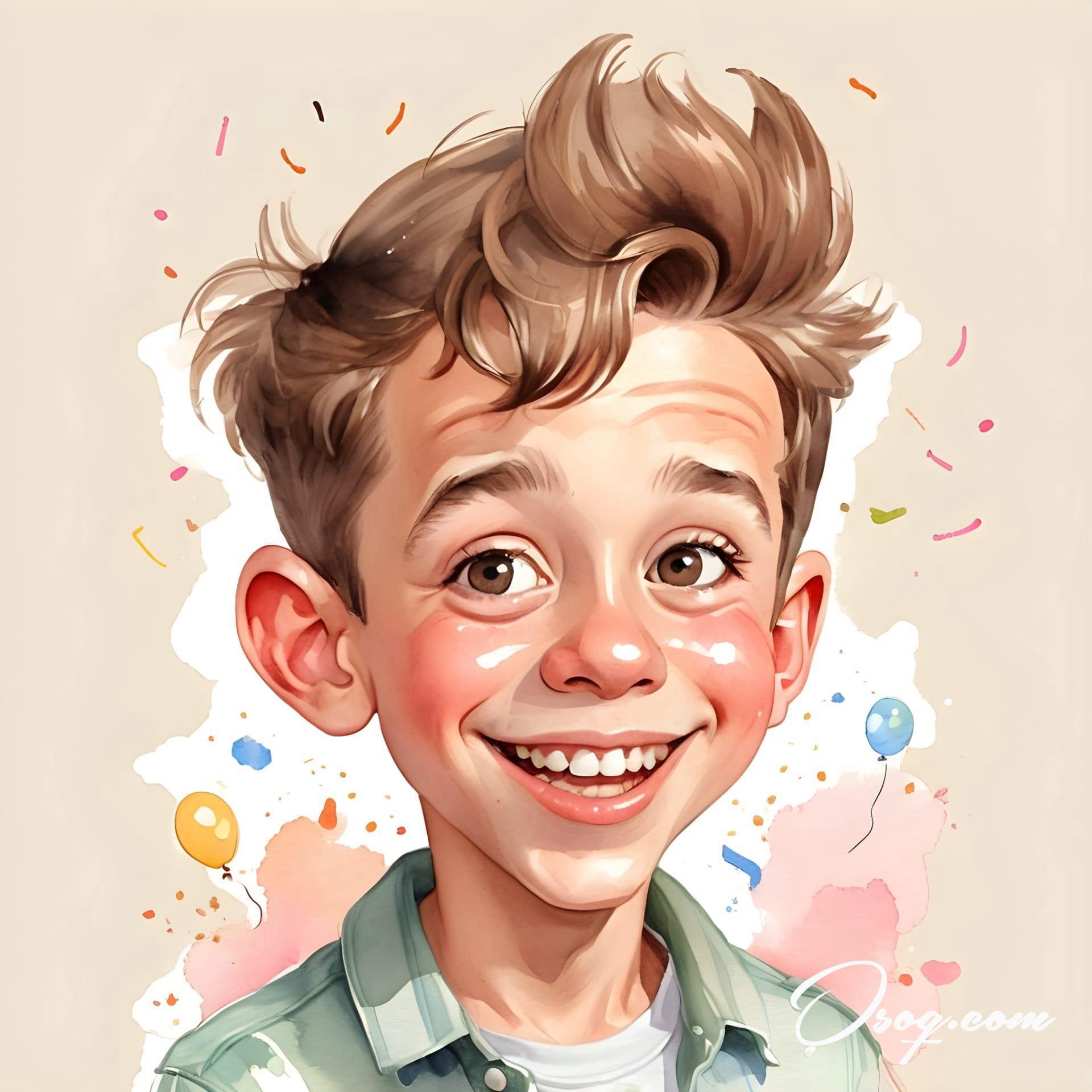
Caricatures became especially popular in the 17th and 18th centuries, serving as a form of social commentary and political satire. They were a way for people to critique the powerful without directly confronting them.
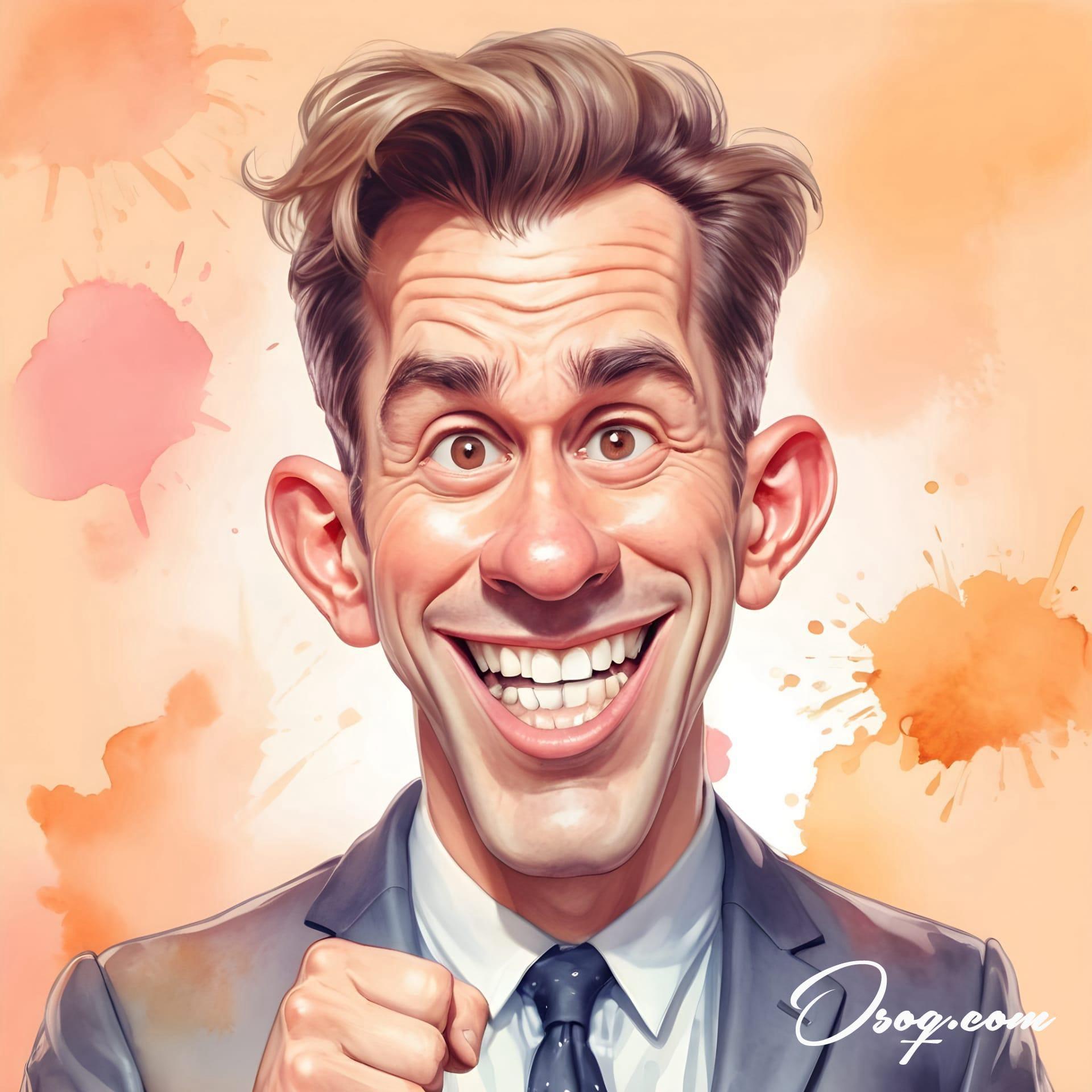
In modern times, caricatures are a staple of editorial cartoons and entertainment, often appearing in newspapers, magazines, and online platforms. They serve to provoke thought, entertain, and sometimes offend.
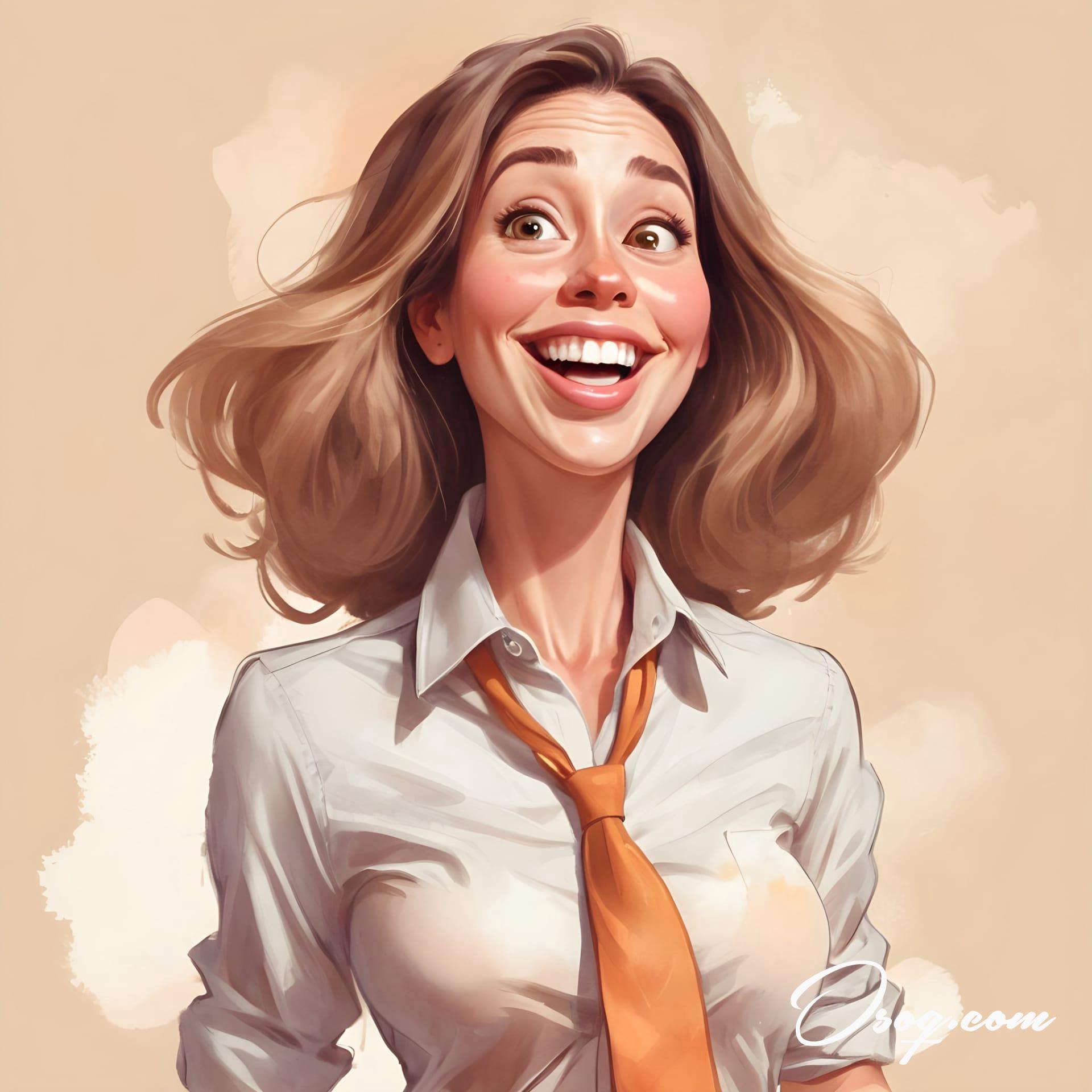
Creating a caricature involves observing and picking out distinctive features of the subject—like a prominent nose, unique hairstyle, or distinctive smile—and exaggerating these features in a drawing or painting.
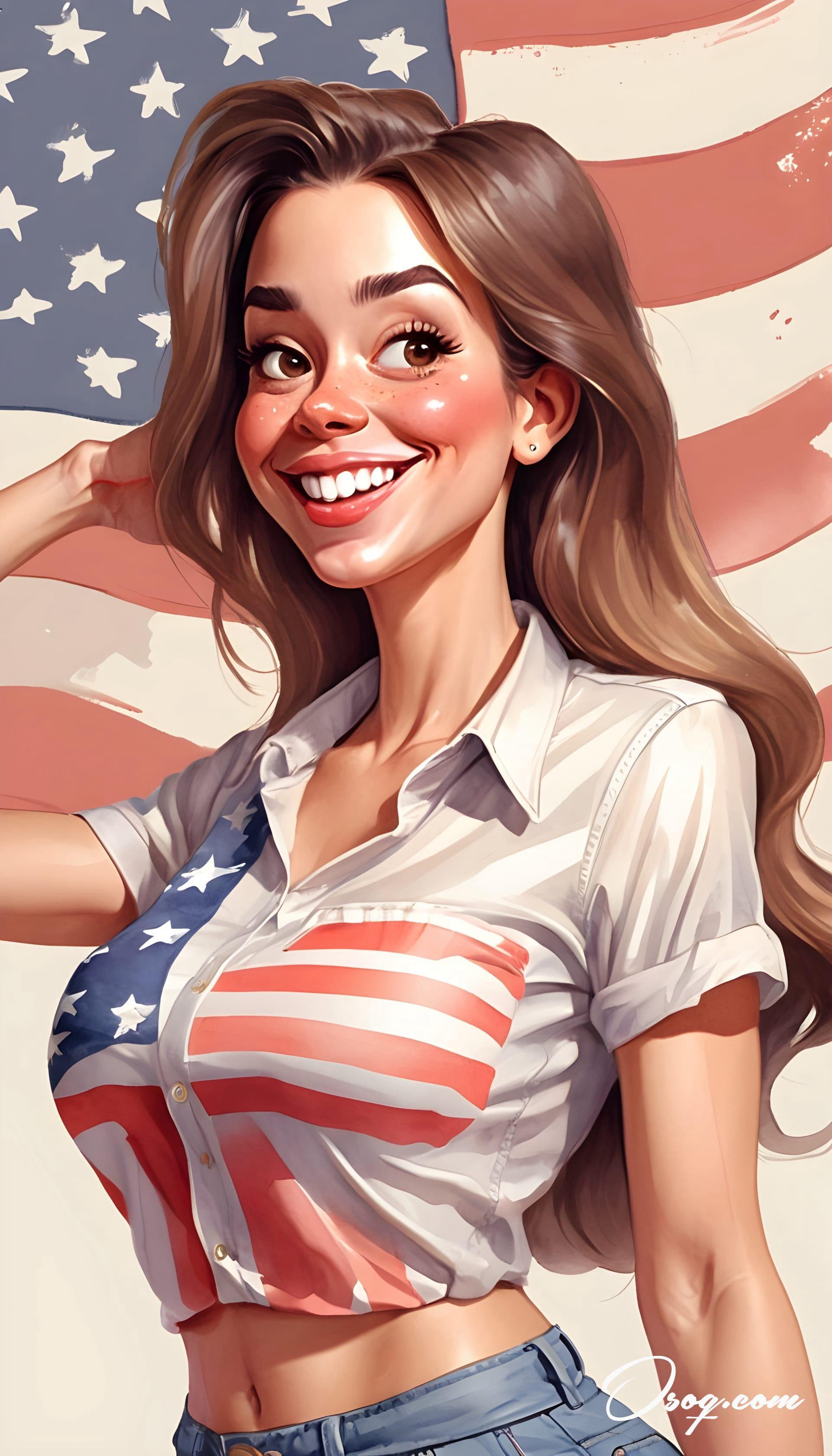
The effectiveness of a caricature does not solely rely on exaggeration. It also depends on the artist's ability to capture the subject's character and essence, making the portrayal instantly recognizable.

Digital technology has transformed caricature, with software and apps allowing artists to create digital caricatures that can be easily shared online. This has opened up new platforms and audiences for caricaturists.
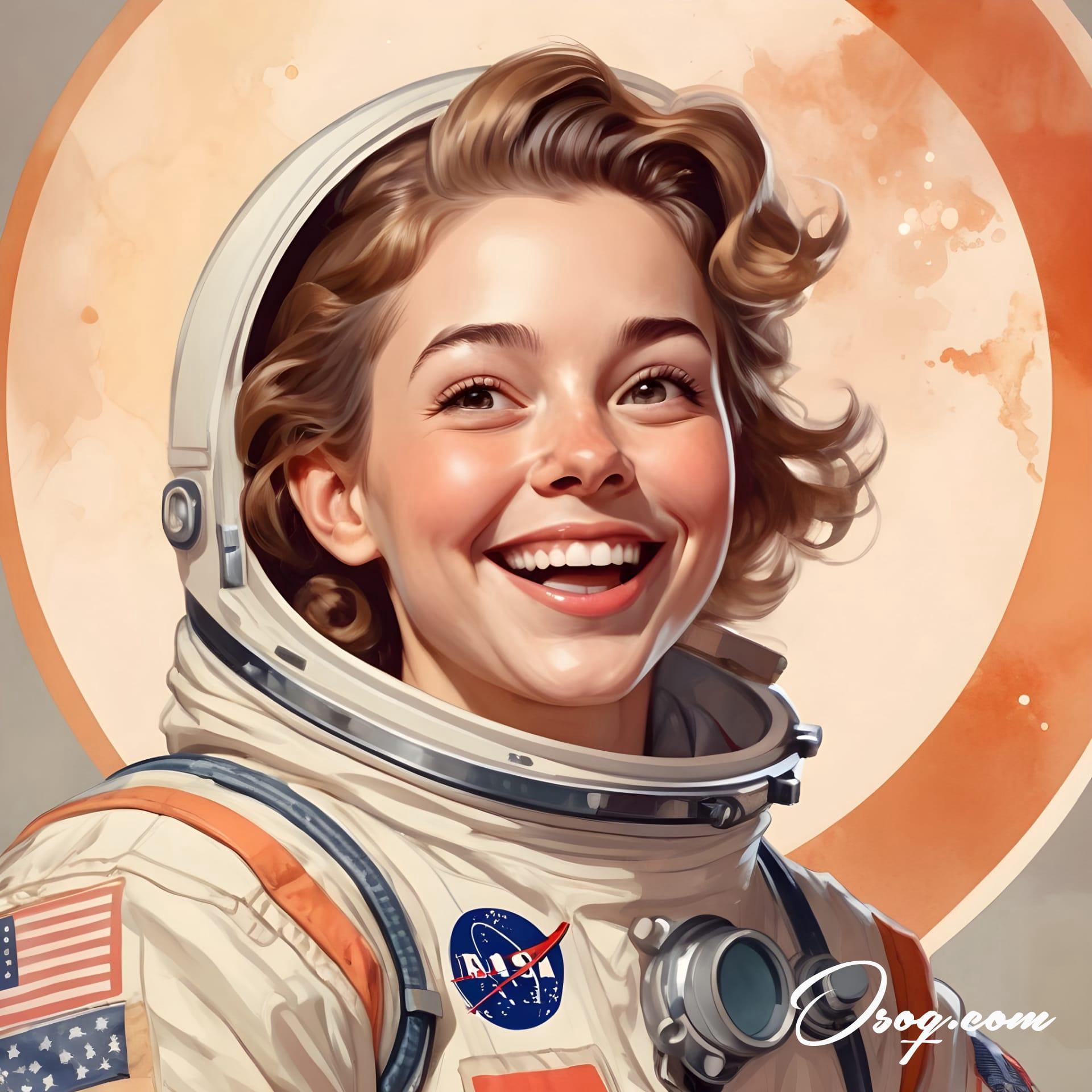
Caricatures aren't just limited to portraits; they can also depict scenes, animals, or even inanimate objects, as long as the essence and humor are captured through exaggeration.

The balance between likeness and exaggeration is delicate. Too much distortion can make the subject unrecognizable, while too little may fail to convey the intended humor or critique.
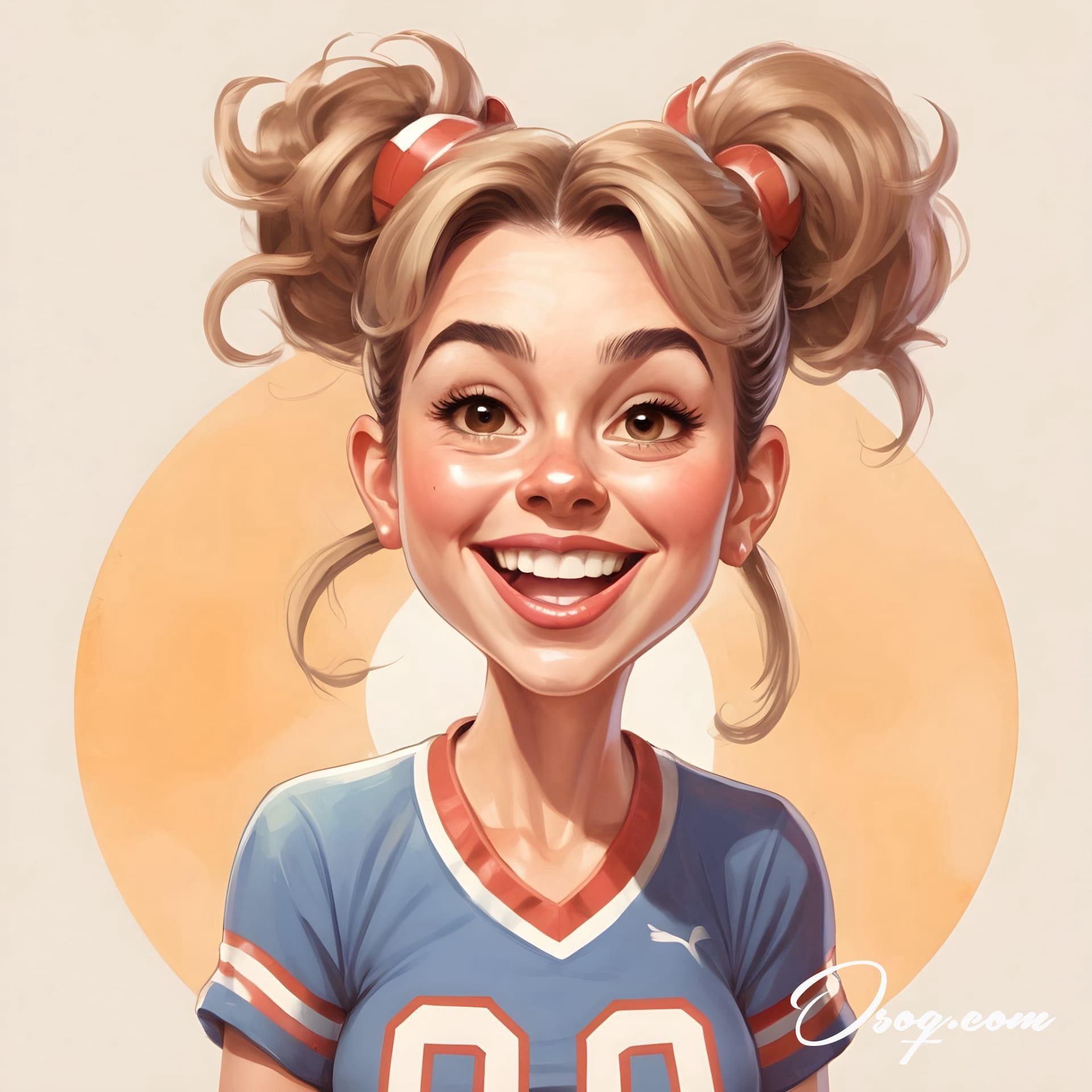
Caricatures can be flattering, neutral, or unflattering, depending on the artist's intent and the relationship with the subject. Some subjects commission caricatures of themselves for fun, while others may find themselves the target of sharp political or social satire.
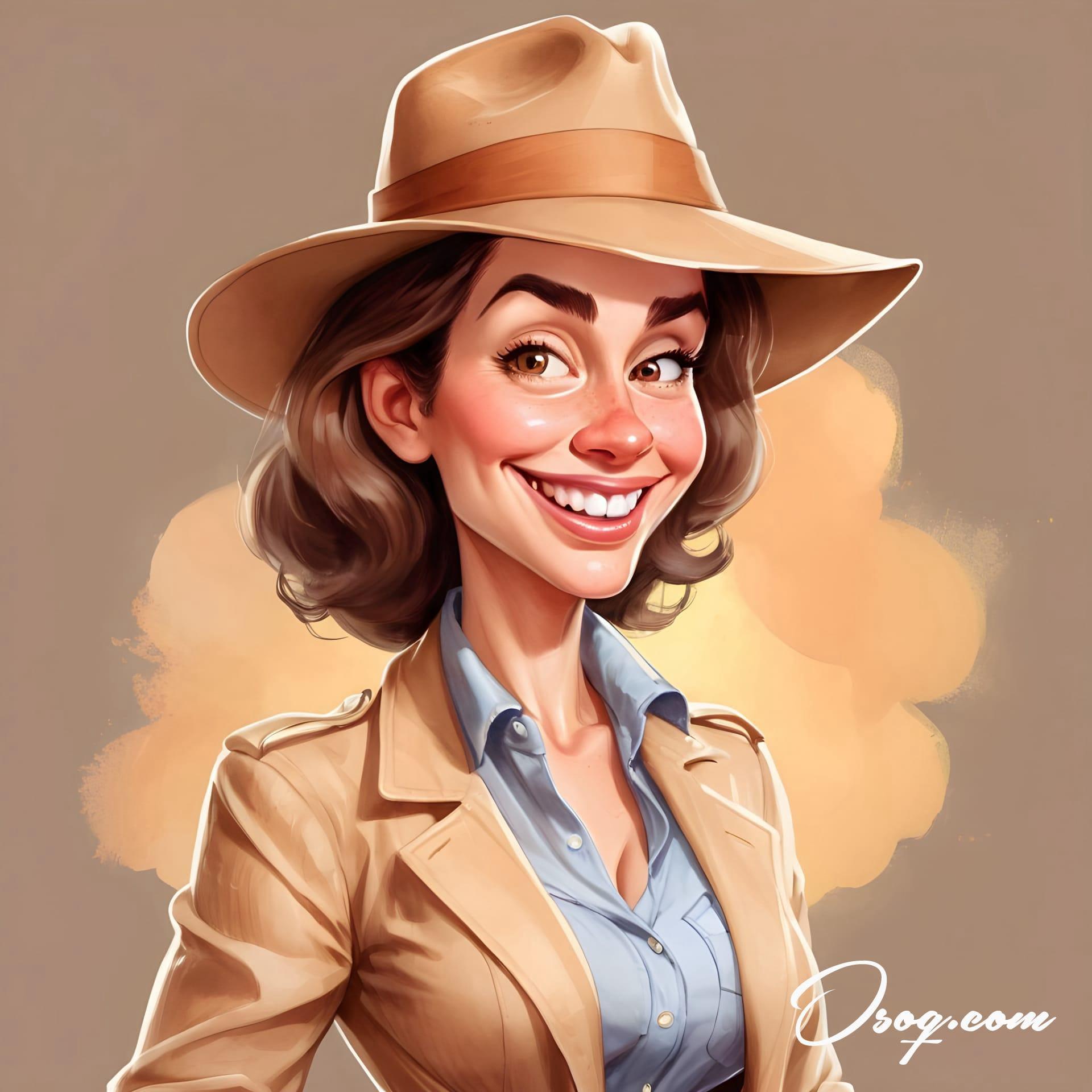
Famous caricaturists, such as Honoré Daumier and Thomas Nast, have had significant impacts on society with their work, influencing public opinion and even political outcomes.

Caricature festivals and competitions are held worldwide, celebrating the art form and its contribution to freedom of expression and cultural commentary.
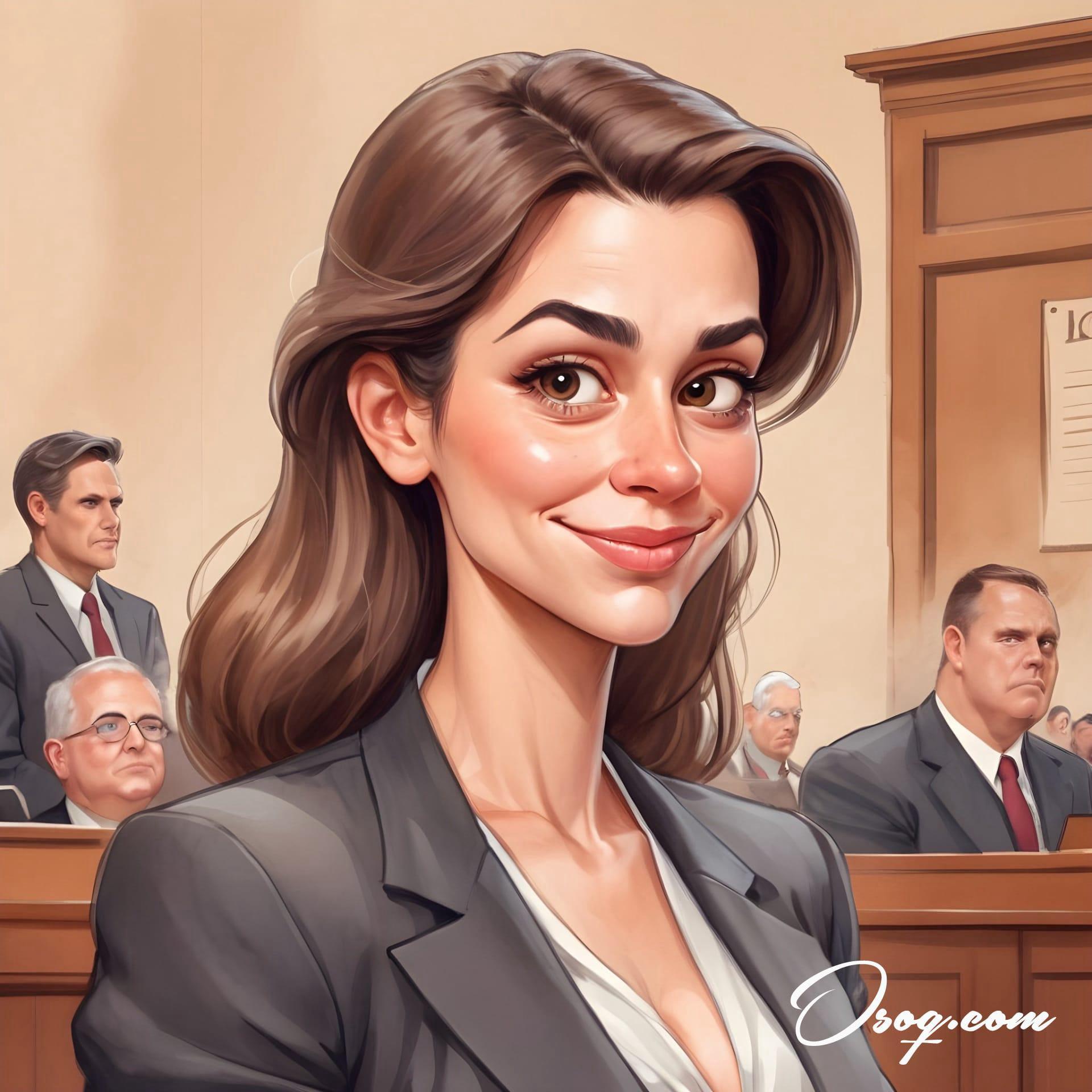
Educationally, studying caricatures can offer insights into the social, political, and cultural contexts of their times, making them valuable historical documents.
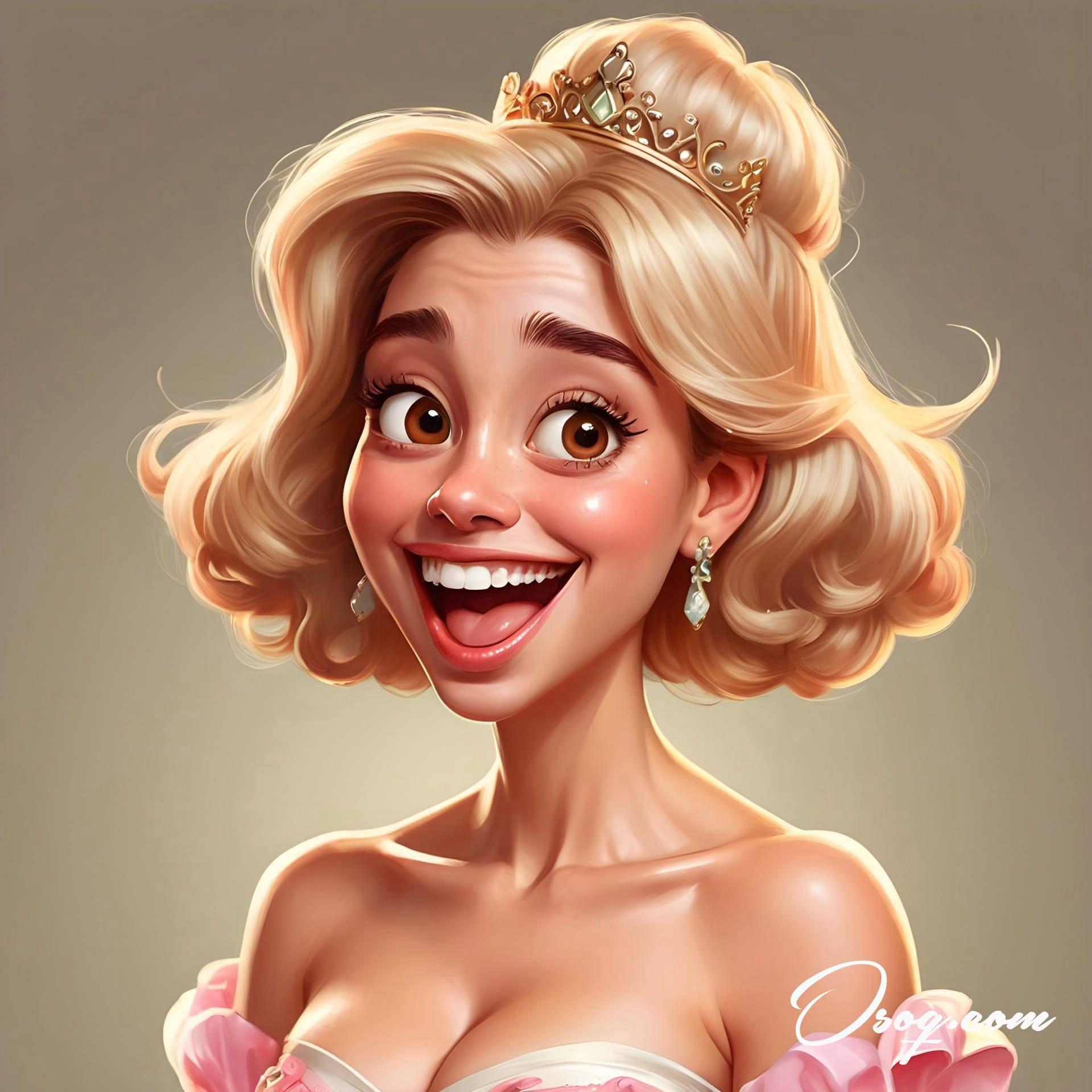
The legal landscape around caricatures can be tricky, as they tread the line between freedom of expression and potential defamation. The interpretation depends on local laws and the context of the work.

In some cultures, caricatures are embraced as a vibrant part of artistic and political life, while in others, they may be viewed with suspicion or as disrespectful.

The process of creating a caricature can be as simple as sketching with pencil and paper or as complex as using digital drawing tablets and software for a polished finish.
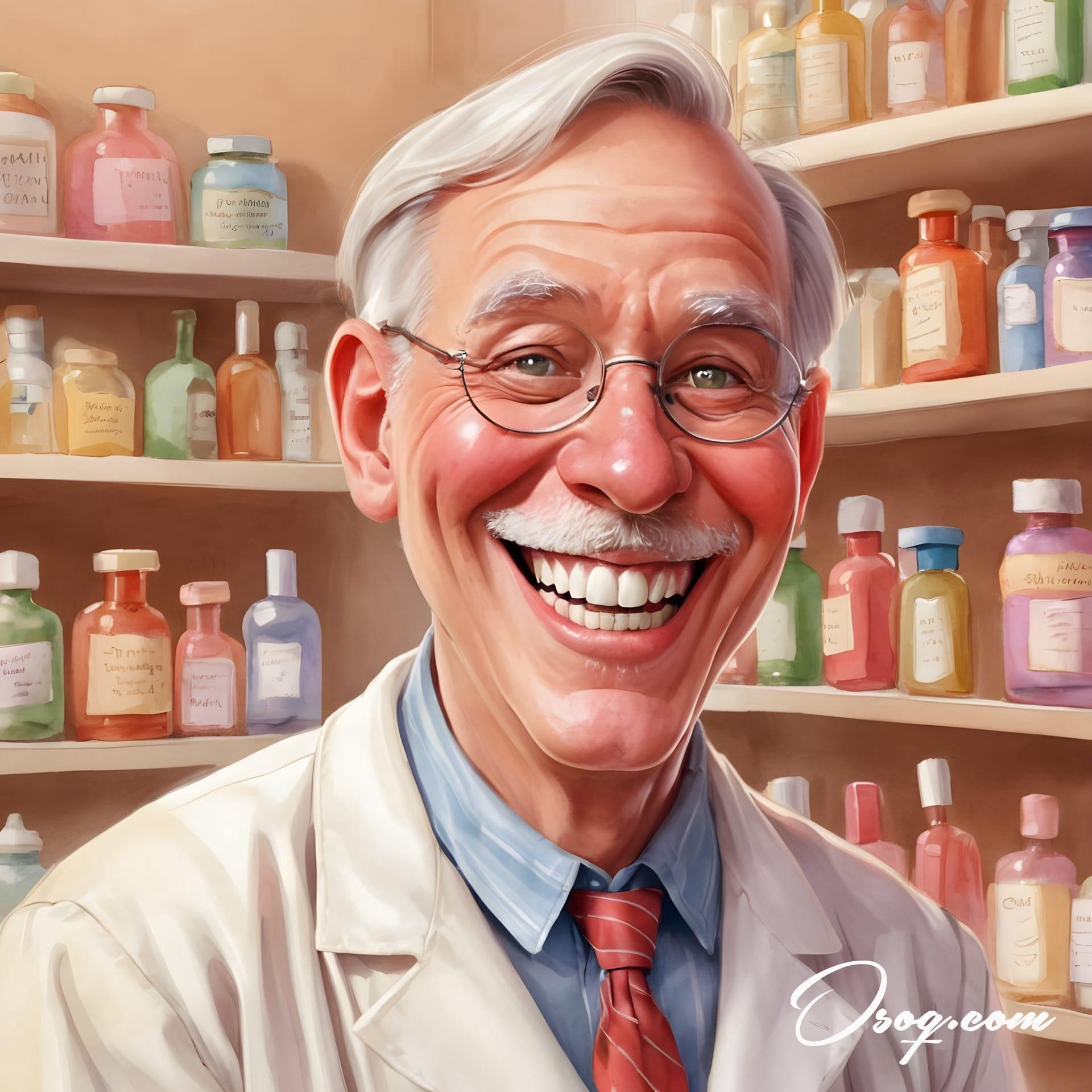
Despite the rise of digital media, traditional caricature artists who draw live sketches at events remain popular, offering personalized mementos.
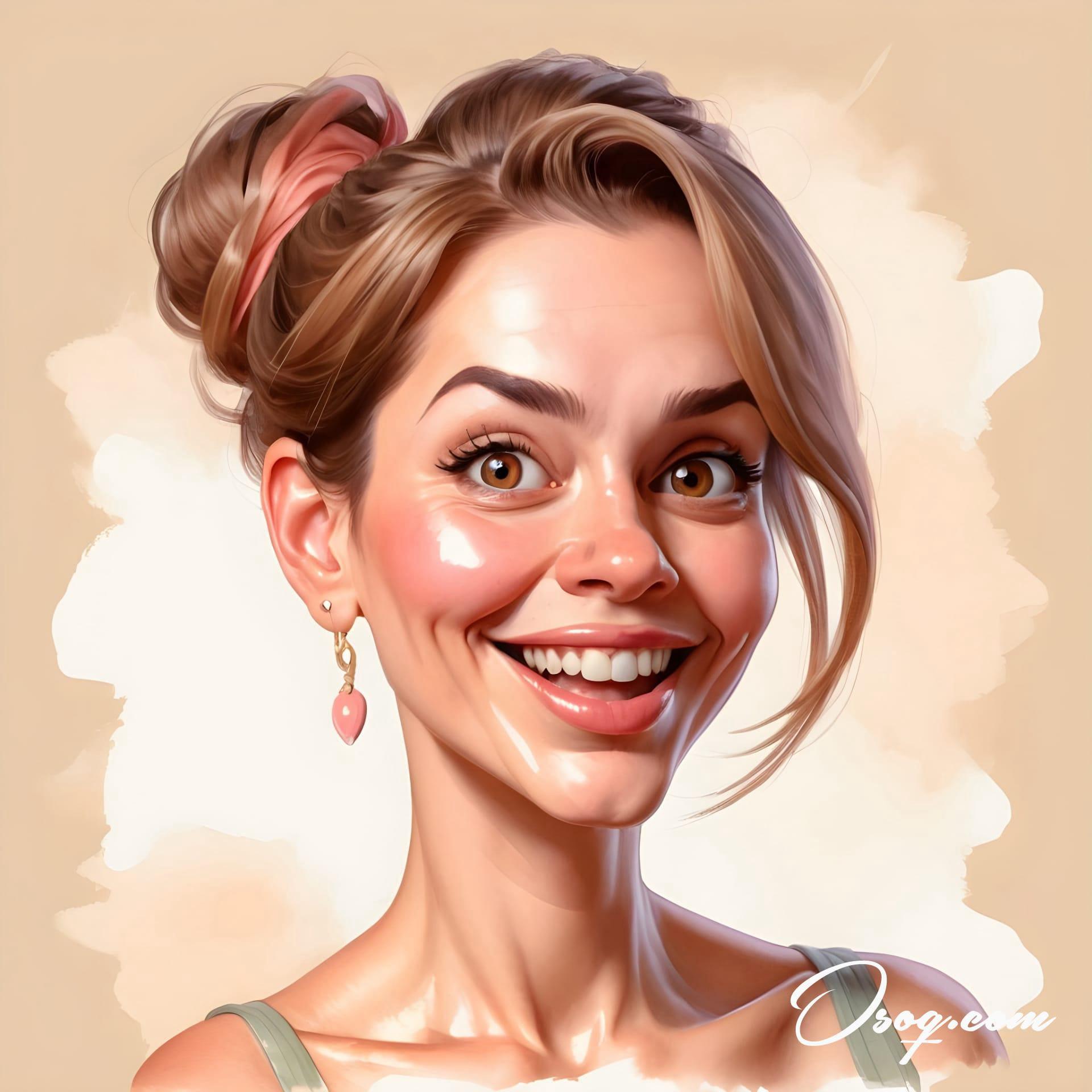
Caricature artists often have to navigate the fine line between humor and offense, making it a unique challenge of the profession.
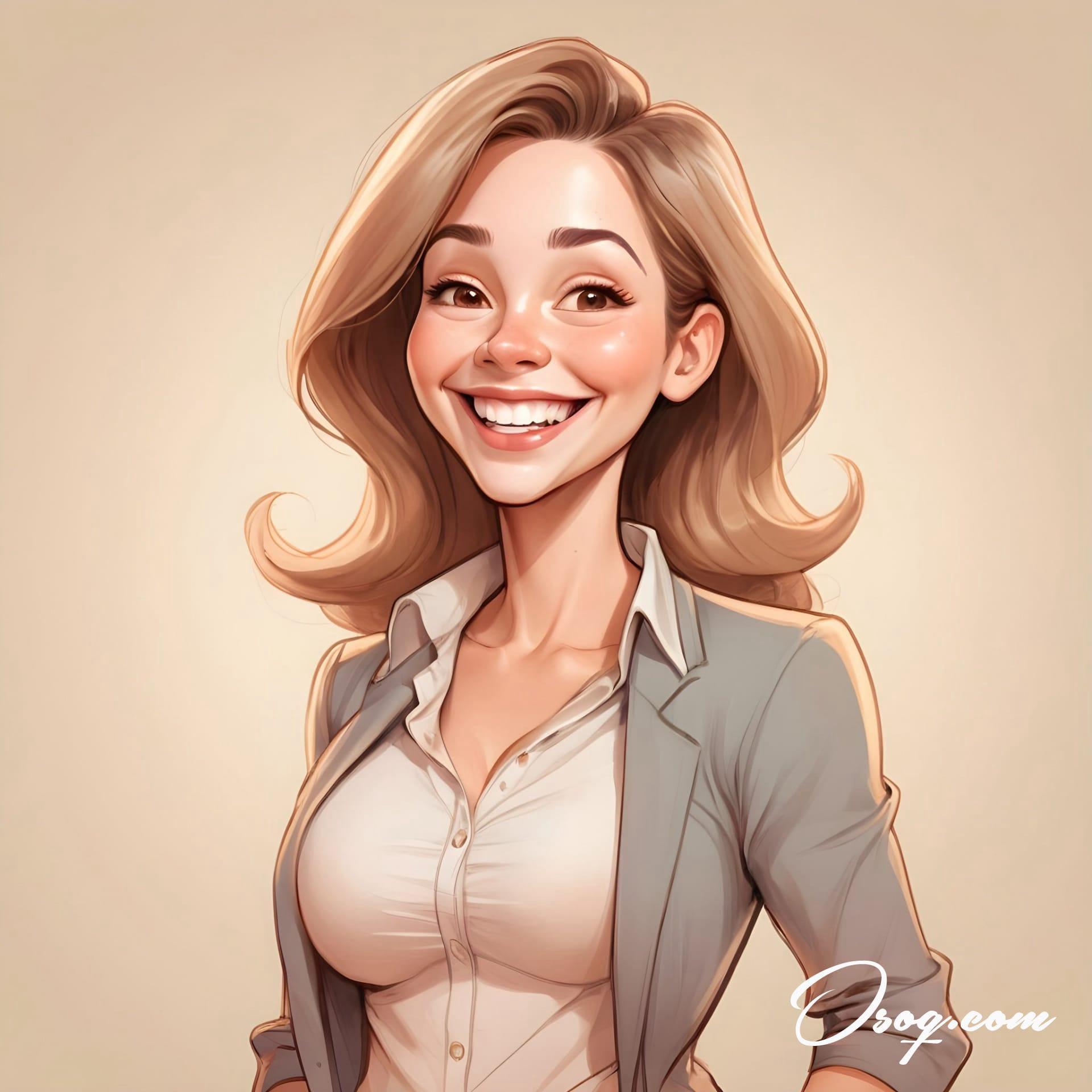
The universal appeal of caricatures lies in their ability to capture and communicate complex ideas and emotions through simplicity and exaggeration, making them an enduring form of artistic expression.